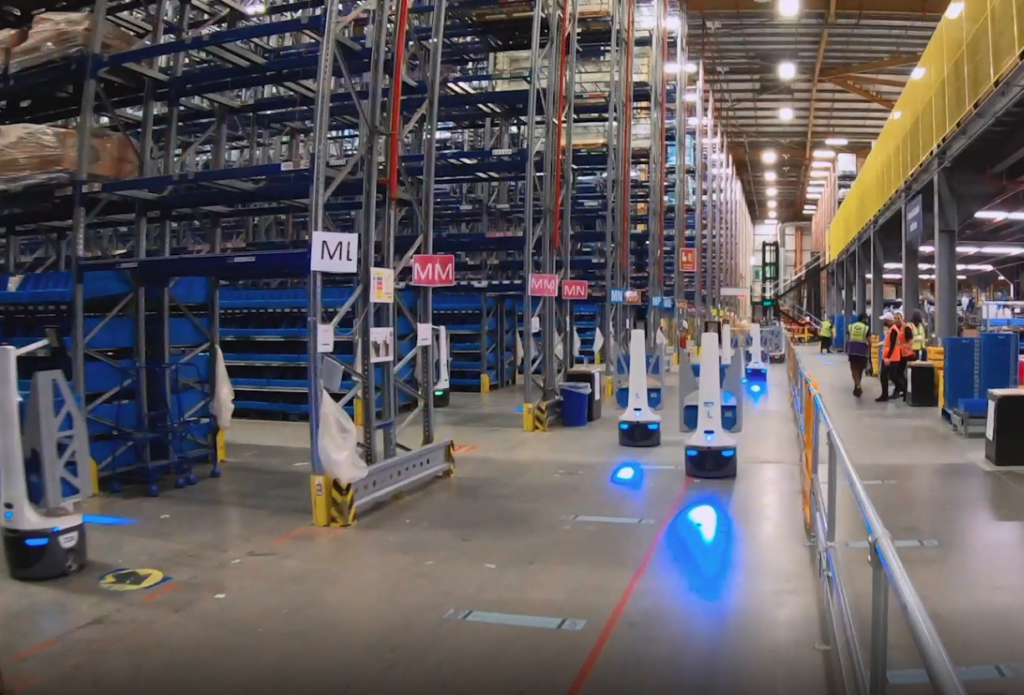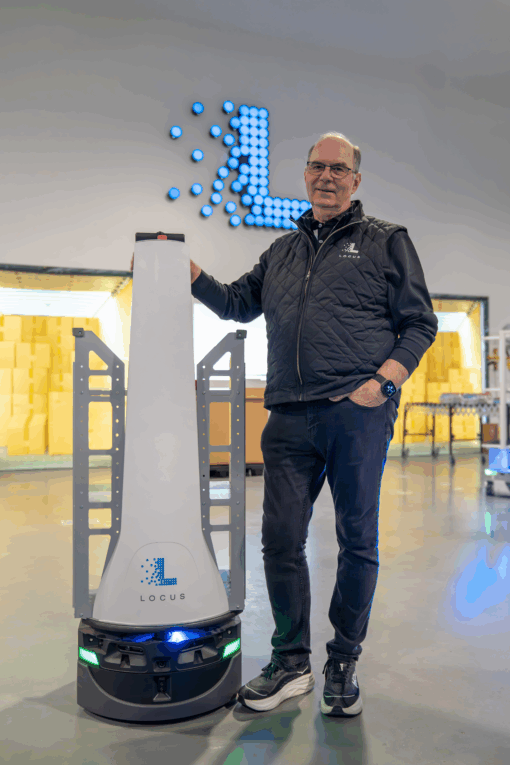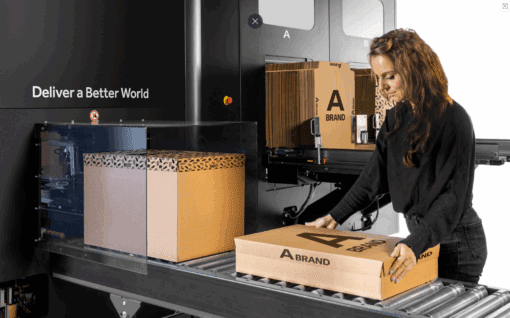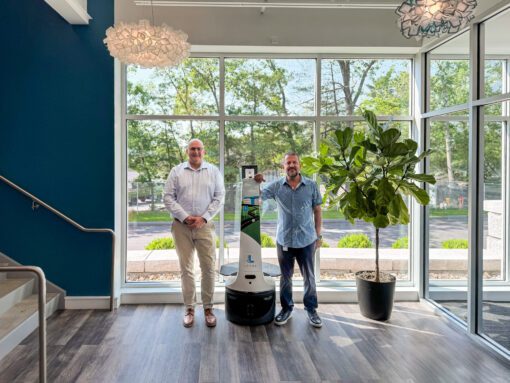WP: How to achieve 400 UPH with Locus Fast Pick
WP: How to achieve 400 UPH with Locus Fast Pick Download Now!

Only those who have worked in ecommerce fulfillment centers can truly appreciate their complexity, which extends well beyond that of the traditional storage warehouse.
This complexity exists within every processing function in fulfillment centers from Receiving/Putaway to Order Picking, and from Packing and Shipping to Returns Processing.
Based on the complexity of fulfillment centers, each area within them needs to be monitored to ensure customers receive the best experience and service.
Given the more expansive and precise operational needs of today’s fulfillment centers, old school supervision methods can only take these operations so far. The introduction of robotics and automation creates a compelling opportunity to take operations management to the next level.
The business intelligence found in automation gives operators a clear, forward-looking real time visibility into upcoming work volumes by processing area; learn about potential congestion within different operating zones before it becomes an issue; and gain real-time feedback on new pickers as they begin to work.
The introduction of connected and collaborative robots into the mix creates multiple benefits for operators that are even more impactful when communicated visually for both staff members and management.
But don’t just take my word for it, here’s a video with no less than 20 fulfillment center managers and staff speaking out on how data visualization and automation helps them daily!
Some of the top reasons fulfillment operators cited in the video for moving to visualization include:
1) Real-time visual heat maps that provide operators with a direct view of potential challenges and adjustments needed to maintain high levels of service and productivity.
2) Past practices were not able to facilitate operators in making rapid responses “in shift” or “on the fly” changes to fulfillment operations.
3) Challenges faced or innovative tactics employed can be easily seen and understood leading to and supporting an ongoing culture of continuous improvement.
4) The visual nature of the collaborative AMR process means that training new pickers is dramatically faster and more effective getting new recruits up to speed quickly.
5) Real-time visual feedback leads many associates to challenge themselves to higher levels of performance driving up productivity leading to lower costs per order filled. Such gamification of previously mundane work tasks can lead to greater enjoyment, pride, and sense of accomplishment.
6) Being able to review these visual representations of actual fulfillment center operations with 3PL clients also represents a powerful communications tool for providers to quickly share and more effectively explain issues and opportunities requiring client decisions, support, or intervention to resolve or implement.
Truly, the insights shared in both this video and blogpost are only the initial findings from current AMR implementations to date. There’s no doubt in my mind that these ongoing interactions between people and bots will lead to the discovery of additional positive opportunities and outcomes.
Now that data has become an easy to access and visually compelling by-product of fulfillment center operations, there’s no known limit on the potential for greater improvement that ongoing human and robot interaction can deliver. Real-time data visualization combined with AMRs help the whole fulfillment center operations, from higher levels of productivity to making necessary changes in real-time, and more.
Contact Locus Robotics to learn how your warehouse or fulfillment center can utilize AMRs and visualization to improve the visibility and control of your operations.




